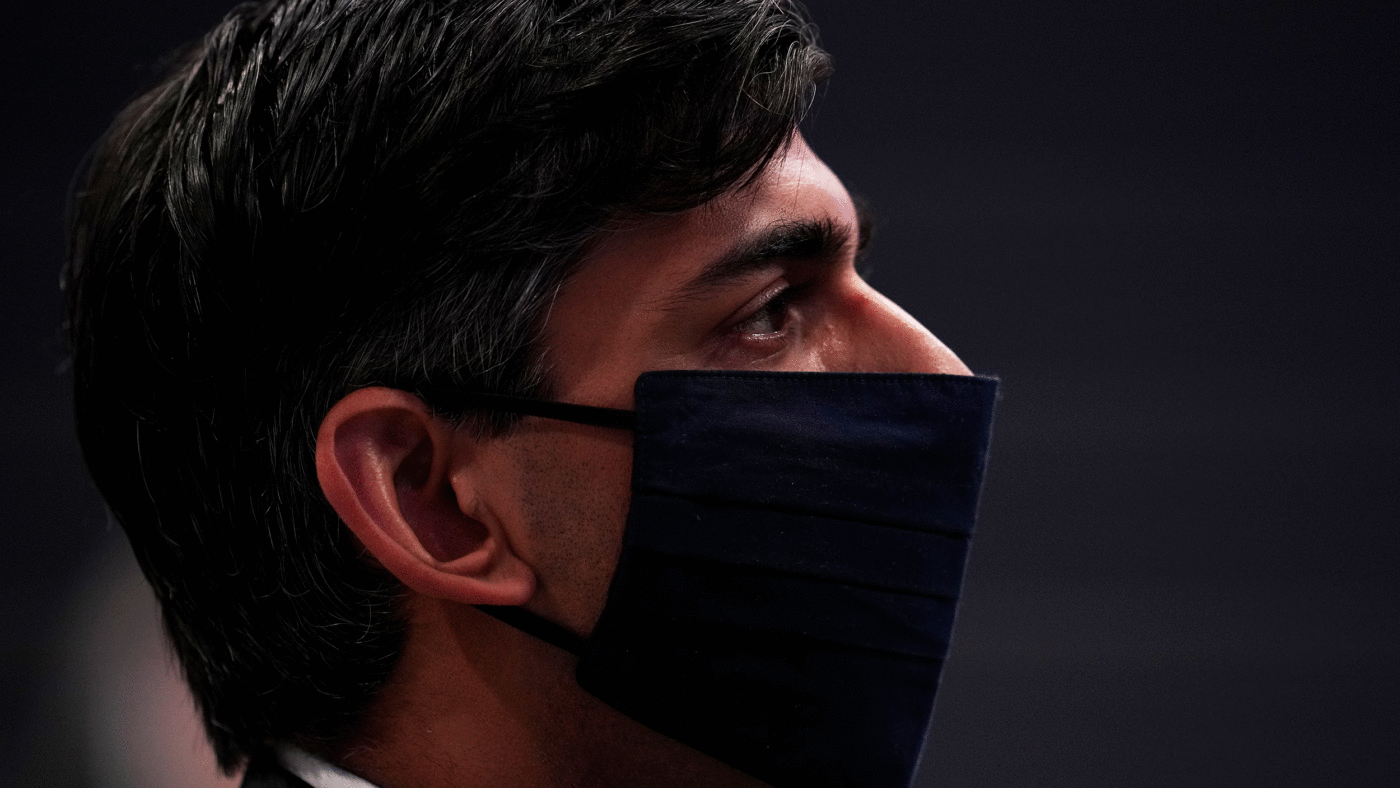The case for scrapping the increase in National Insurance contributions (NICs) planned for April is now so overwhelming that it’s hard to find good arguments in favour of keeping it. I’ve seen a few, but they are easy to knock down.
Nick MacPherson, formerly the top civil servant at the Treasury, has tweeted that ‘National Insurance is an imperfect tax. But those who want to ditch its increase really need to explain how they will finance structural increases in NHS and social care spending‘.
Paul Johnson from the IFS has argued that, ‘a tax rise of this scale will be needed before long. Government could certainly delay it. But could it credibly commit to introducing it next year, which will be a year closer to a general election?’.
Both make fair points, but neither is a strong argument against cancelling the increase this year.
Here, I think it’s important to understand that there were two parts to the original plan, and it is entirely credible to ditch one while retaining the other.
The first part is what the Government itself has described as a ‘temporary’ 1.25 percentage point increase to NICs rates for the 2022 to 2023 tax year. The revenues raised will be used to help fix the backlog of NHS work due to the pandemic. From April 2023 onwards, NICs rates will return to their 2021-22 levels.
The second part of the plan is the introduction of a new 1.25% ‘Health and Social Care Levy’, which will replace the 1.25% increase in NICs. The new levy will operate in the same way as NICs, so in that sense it is just the same tax by a different name. But the purpose is to help fund a long-term increase in spending on health and social care.
This is a crucial distinction that many seem to be missing. The increase in spending to fix the NHS backlog planned for 2022-23 is a one-off cost of the pandemic, whereas the additional spending from 2023 onwards will be a permanent increase.
It would be perfectly reasonable to add the one-off cost to longterm borrowing. No one is seriously suggesting that taxes need to rise immediately to cover all the costs of the pandemic, and fixing the NHS backlog can be seen as part of that bill.
In fact, it may not be necessary to press ahead with the NIC increase this year anyway. The latest data on the public finances show that, between April and December, the public sector borrowed nearly £13 billion less than the OBR had forecast. This provides the ‘fiscal room’ to ditch the hike in NICs planned for April, which would have raised about £12 billion.
The economy has recovered more quickly than expected, creating a ‘growth dividend’ for the Treasury. This has mainly taken the form of higher tax receipts, including from big corporations (who are therefore already contributing more, without the need for an arbitrary and damaging ‘windfall tax’ on top).
Higher inflation is increasing the amount that the Government has to spend on interest payments on inflation index-linked debt. However, the accompanying rise in nominal incomes is also increasing tax revenues and reducing the burden of debt as a share of GDP.
The answer to Nick MacPherson’s question is therefore that the NICs hike in 2022-23 is not actually intended to finance a ‘structural increase’ in spending. The ‘growth dividend’ may turn out to be a one-off windfall (I’m more optimistic here), but it is still reasonable to use this windfall to pay for a one-off cost.
The answer to the credibility problem raised by Paul Johnson is that the Government can simply refer back to the original plan. The NICs hike was only intended to be a temporary measure, and the improvement in the public finances means that it is no longer required.
What’s more, while there is never a good time to raise taxes, now is particularly bad. The level of economic activity has only just recovered to where it was before the pandemic and is still lower than it would have been if the economy had continued to grow. The number of people in work, including the self-employed, is still lower than the pre-Covid peak. The surge in the cost of living will add to the headwinds this year, and consumer confidence is already faltering.
It is also worth stressing that the 1.25% increase would apply both to employee and employer NICs. Businesses will inevitably pass these costs on, including to workers in the form of lower wages, so the overall impact for many will be more like a tax hike of 2.5 percentage points.
A further increase in the tax burden could therefore be the final straw that tips the economy back into recession. This would actually worsen the public finances too, with the hit from lower incomes and spending more than offsetting any increase in revenues from the tax hikes themselves.
Looking ahead to 2023, it may still be necessary to find more money to fund a long-term increase in spending on health and social care. My own view is that there are surely better options than the current plan, but let’s fight one battle at a time. The immediate decision is whether to press ahead with the NICs hike in April. I would ditch it now.
Click here to subscribe to our daily briefing – the best pieces from CapX and across the web.
CapX depends on the generosity of its readers. If you value what we do, please consider making a donation.


